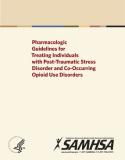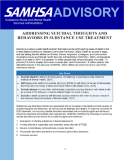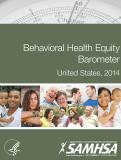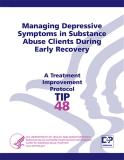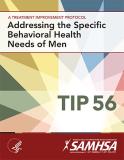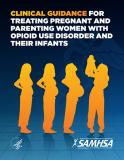
This Clinical Guide provides comprehensive, national guidance for optimal management of pregnant and parenting women with opioid use disorder and their infants. The Clinical Guide helps healthcare professionals and patients determine the most clinically appropriate action for a particular situation and informs individualized treatment decisions.
Units per Product
Download
Treating Pregnant and Parenting Women With Opioid Use Disorder
File Type: PDF
File Size: 2.16 MB


